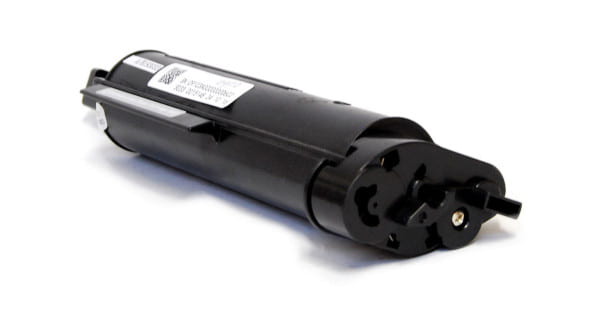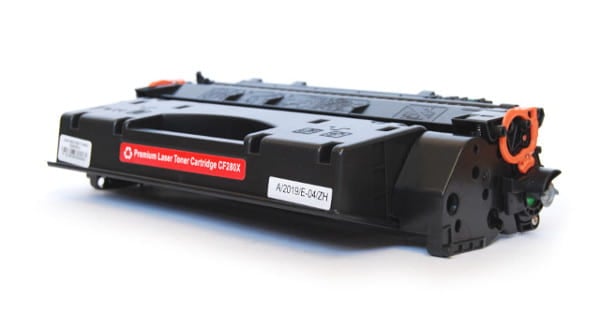
When it comes to printing, one of the most common concerns for users is the longevity of printer ink. Specifically, for users of HP printers, understanding how long their ink cartridges will last is essential for budgeting, planning, and avoiding unexpected interruptions during critical print jobs. In this article, we will delve into the factors that influence the lifespan of HP printer ink and provide you with a comprehensive analysis of how many pages you can expect to print before needing to replace your ink cartridges.
Factors Affecting HP Printer Ink Longevity:
- Cartridge Capacity: HP printer ink cartridges come in different sizes, typically ranging from standard to high-yield or XL options. The capacity of the ink cartridge directly impacts the number of pages it can print before running out of ink. High-yield cartridges contain more ink and can therefore print a higher number of pages compared to standard-sized cartridges.
- Print Coverage: The amount of ink used per page greatly depends on the print coverage, which refers to the proportion of the page covered with ink. Pages with heavy graphics or images will consume more ink compared to pages with predominantly text. Therefore, the nature of your print jobs significantly influences how long the ink will last.
- Print Quality Settings: HP printers often provide users with the option to select different print quality settings, such as draft, normal, or high-quality modes. Higher-quality print settings tend to use more ink to achieve sharper and more vibrant results. Opting for lower-quality settings can help conserve ink and extend its lifespan.
- Ink Consumption: Ink consumption can also vary depending on the specific model of HP printer you are using. Different printer models may employ varying technologies that affect how efficiently ink is used during the printing process. Newer printer models often feature improved ink utilization techniques, resulting in longer-lasting ink.
- Printer Maintenance: Regular maintenance of your HP printer, such as printhead cleaning, can positively impact the ink’s longevity. Proper maintenance helps prevent clogs or misfires, ensuring that ink is used optimally and reducing the likelihood of wasted ink.
Estimating the Number of Pages Printed per Ink Cartridge: To provide you with a general idea of how many pages you can expect to print with an HP ink cartridge, let’s consider some typical figures:
- Standard-Sized Cartridges: On average, a standard-sized HP ink cartridge can print around 150-300 pages. However, this estimation can vary depending on the factors mentioned earlier. Higher print coverage, higher-quality settings, and certain printer models may reduce the number of pages achievable.
- High-Yield or XL Cartridges: HP’s high-yield or XL ink cartridges contain more ink than their standard counterparts, allowing for greater page yields. Typically, these cartridges can print around 400-800 pages. Again, this estimate depends on the print coverage and other influencing factors.
It is important to note that these numbers are approximate and intended as general guidelines. The actual number of pages you can print may deviate from these estimates due to various factors.
Tips for Extending Ink Cartridge Life: To maximize the lifespan of your HP printer ink cartridges, consider implementing the following practices:
- Print in draft mode whenever feasible, especially for non-critical documents or drafts.
- Optimize print settings to reduce the amount of ink used without compromising legibility or quality.
- Minimize unnecessary color printing and stick to black and white whenever possible, as color ink is typically consumed at a faster rate.
- Regularly maintain your printer, following the manufacturer’s guidelines for cleaning and upkeep.
- Preview your print jobs before finalizing to avoid unnecessary reprints and conserve ink.


